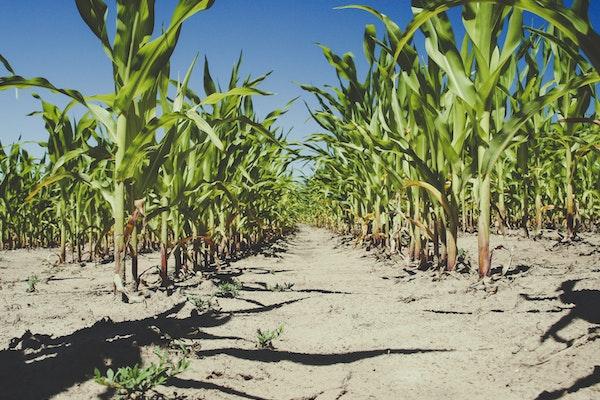Ohio and Pennsylvania Are Still Experiencing Drought Despite the Rainfall

Although stormy weather has been in the forecast lately, according to Geddy Davis, program coordinator: weather and climate services at the State Climate Office of Ohio, we are not out of the woods yet.
The U.S. Drought Monitor update on June 8 classified 62% of Ohio and 65% of Pennsylvania as being in moderate drought conditions, with the rest of the states considered abnormally dry. Although some parts of Ohio received between 1 and 2 inches of rain over the weekend, providing temporary relief to farmers, meteorologists caution against assuming the drought is over.
The rainfall in May was below normal in many areas of Ohio, ranging from 1.5 to 3 inches below average. Similarly, Pennsylvania has experienced a rainfall deficit of about 3 inches in the past month. This dry spell has benefits, such as facilitating hay production and planting corn and soybeans. However, crop conditions are starting to deteriorate, with only about 51% of corn and soybeans in Ohio classified as being in good condition, and 20% in Pennsylvania.
The region's weather has been stagnant due to a combination of high-pressure and low-pressure systems, inhibiting the passage of weather systems and preventing meaningful rainfall. Climate factors, such as transitioning from a La Nina phase to an El Nino period, can contribute to drier winters. Anthropogenic climate change, driven by human activity, may also accelerate the onset of drought conditions by raising overall temperatures and increasing atmospheric moisture capacity.
To alleviate the drought, consistent and widespread rainfall is needed. The drought's persistence depends on whether such rainfall occurs. Localized rainfall can vary significantly, so farmers are advised to monitor their fields and weather conditions closely. The compounding effects of prolonged dry weather make it challenging for a few days of rain to offset the drought's impact fully.
